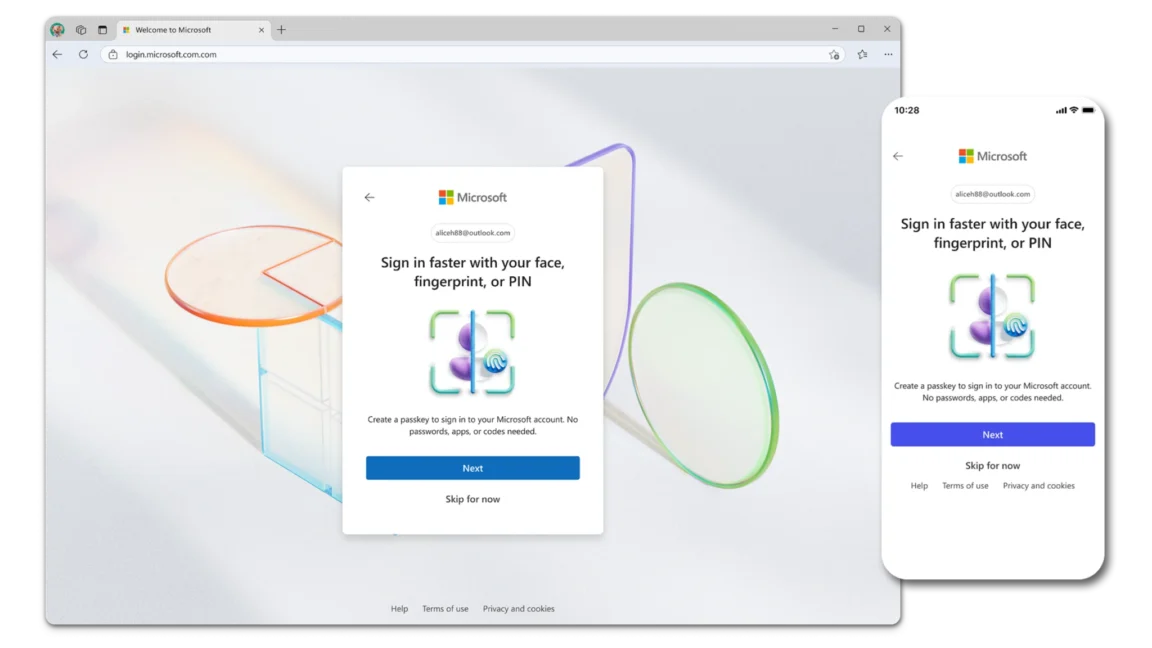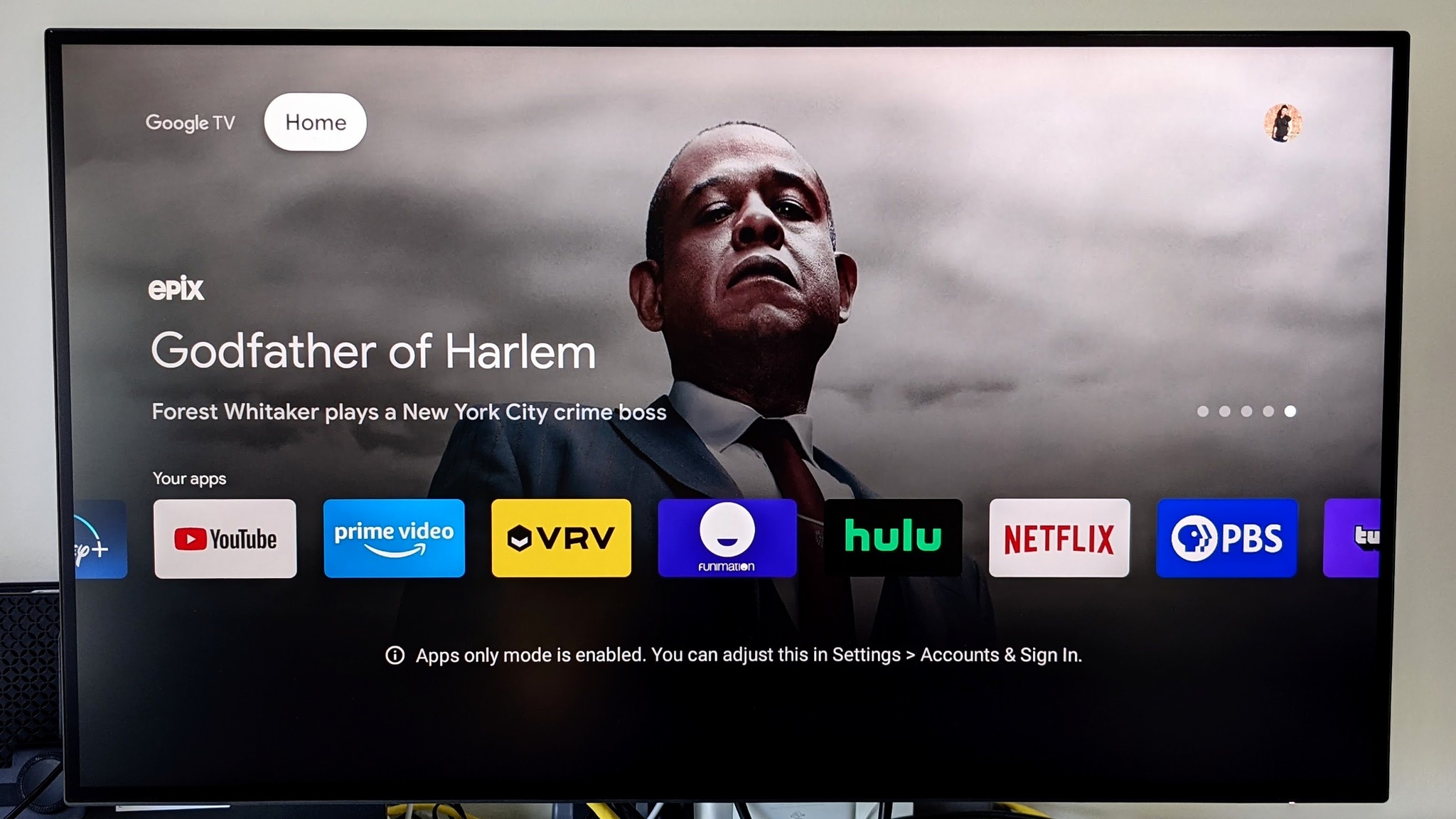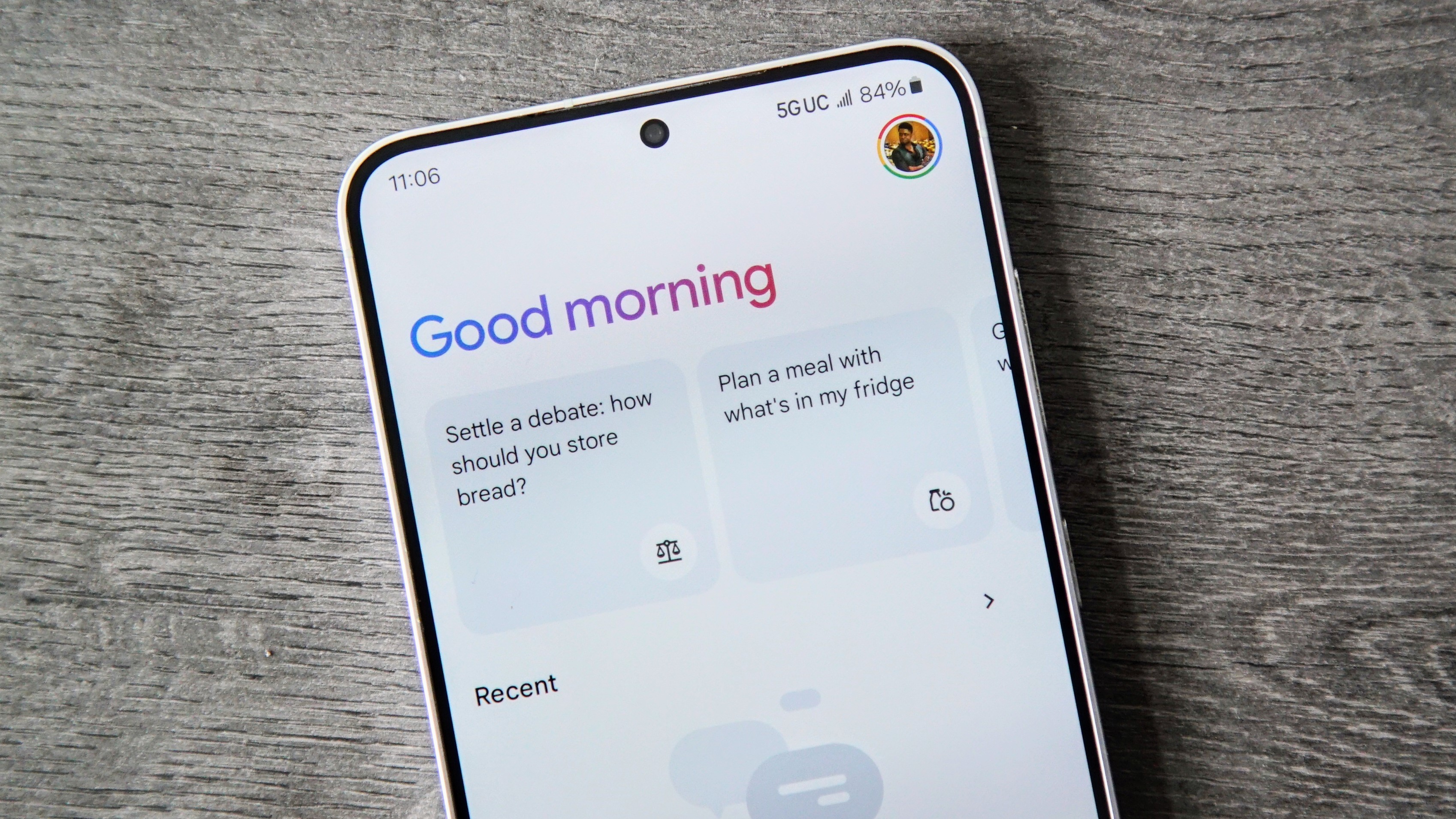What Really Happens When a Browser Loads Your Site – A Friendly Guide to the Critical Rendering Path
Summary When you visit a webpage, the browser goes through a set of well-defined steps to turn your HTML, CSS, and JS into visible content. This is called the Critical Rendering Path, and understanding it helps you improve page speed, UX, and performance. Table of Contents What is the Critical Rendering Path? Browser Rendering Steps Explained (with Code) Render-Blocking vs Non-Blocking Resources Code Snippets for Optimized Loading Real-World Example: Why CRP Matters Final Tips & Best Practices What is the Critical Rendering Path? The Critical Rendering Path (CRP) is the sequence of steps the browser follows to convert HTML, CSS, and JavaScript into pixels on the screen. It determines how quickly your content becomes visible and interactive — a major factor in perceived performance. If the CRP is slow, your users will be staring at a blank screen longer than they should — especially on slower networks or devices. Browser Rendering Steps Explained (with Code)

Summary
When you visit a webpage, the browser goes through a set of well-defined steps to turn your HTML, CSS, and JS into visible content. This is called the Critical Rendering Path, and understanding it helps you improve page speed, UX, and performance.
Table of Contents
- What is the Critical Rendering Path?
- Browser Rendering Steps Explained (with Code)
- Render-Blocking vs Non-Blocking Resources
- Code Snippets for Optimized Loading
- Real-World Example: Why CRP Matters
- Final Tips & Best Practices
What is the Critical Rendering Path?
The Critical Rendering Path (CRP) is the sequence of steps the browser follows to convert HTML, CSS, and JavaScript into pixels on the screen. It determines how quickly your content becomes visible and interactive — a major factor in perceived performance.
If the CRP is slow, your users will be staring at a blank screen longer than they should — especially on slower networks or devices.







































































































































































![[The AI Show Episode 145]: OpenAI Releases o3 and o4-mini, AI Is Causing “Quiet Layoffs,” Executive Order on Youth AI Education & GPT-4o’s Controversial Update](https://www.marketingaiinstitute.com/hubfs/ep%20145%20cover.png)

































































































































![From Art School Drop-out to Microsoft Engineer with Shashi Lo [Podcast #170]](https://cdn.hashnode.com/res/hashnode/image/upload/v1746203291209/439bf16b-c820-4fe8-b69e-94d80533b2df.png?#)













































(1).jpg?#)


























































































_Inge_Johnsson-Alamy.jpg?width=1280&auto=webp&quality=80&disable=upscale#)

















































































































![Apple Developing AI 'Vibe-Coding' Assistant for Xcode With Anthropic [Report]](https://www.iclarified.com/images/news/97200/97200/97200-640.jpg)
![Apple's New Ads Spotlight Apple Watch for Kids [Video]](https://www.iclarified.com/images/news/97197/97197/97197-640.jpg)






































































![[Weekly funding roundup April 26-May 2] VC inflow continues to remain downcast](https://images.yourstory.com/cs/2/220356402d6d11e9aa979329348d4c3e/WeeklyFundingRoundupNewLogo1-1739546168054.jpg)


























